
Review and images by JimoAi; edited by bmathison1972
Every year, there will be a week dedicated to sharks known as Shark Week, where many content creators dedicate to posting shark-related content for that period of time. Most famously, the infamous Discovery Channel airs the sub-par shark specials annually for that period, which unfortunately focuses more on sensationalization rather than actual science, which misinforms the general public about sharks, causing a deeper divide between fiction and reality.
Read more

This Saturday, shark week will take a slight detour into skates, covering this alleged ”Devil Fish”. Skates are the group of batoids belonging to the Rajiformes order. They appear to resemble sting rays but can be distinguished by their thicker and shorter tails that lack the venomous spines. Skates are found all across the world in both marine environments and even estuaries.
Read more
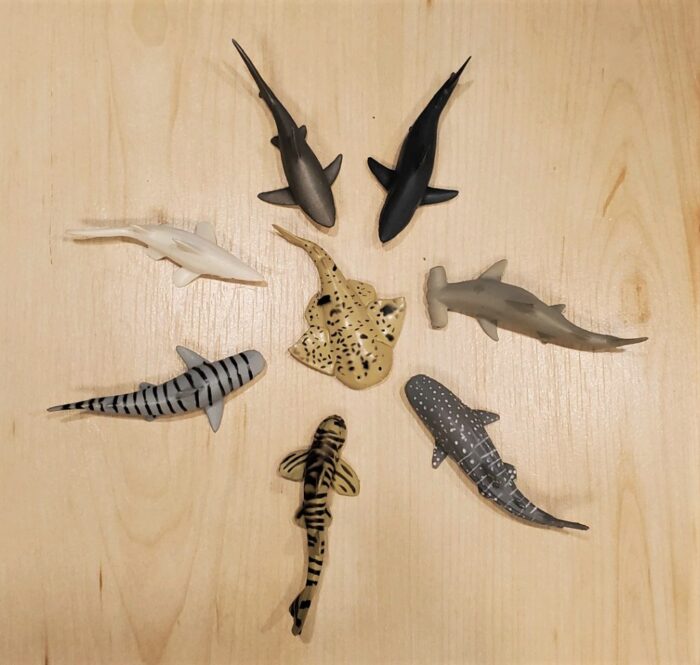
In honor of Shark Week, I have decided to post a brief review of the Sharks collection by Play Visions, originally released in 1996. I collect sharks because they are animals, but I must admit it is a group, at least among common and familiar animals, that I have little experience and knowledge with.
Read more

I’m actually back! It has been quite a while since I added to the blog here (amongst everything else, I’ve been busy with my own thing!) But a call went out that Shark Week was coming up, so we needed more sharks! I knew I needed in, but wanted to look at a figure, and species, that would be less familiar.
Read more
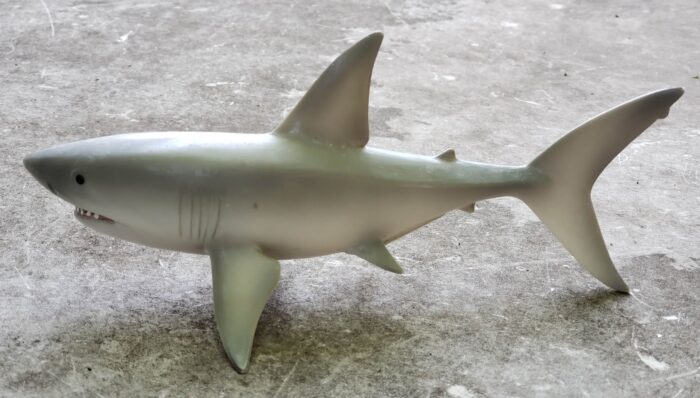
Review and images by Cachalot; edited by bmathison1972
Jeff had not eaten for three weeks as he lurked just under the waters off Dana Point California. The great white, Carcharodon carcharias, wandered here looking for food. He had not had a respectable meal in three months.
Read more
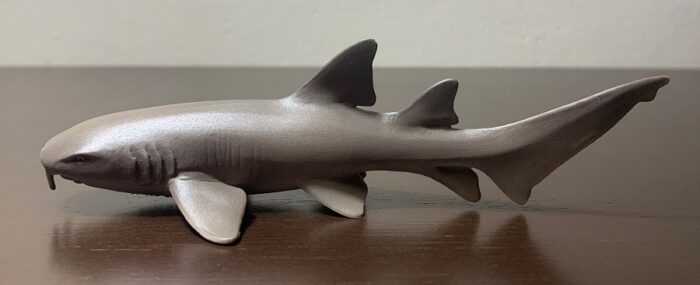
Well, this upcoming week is Shark Week (and Shark Fest was last week, apparently) so here’s our mandatory shark review to celebrate the event. Not that we need an excuse to review sharks, we appreciate sharks all year long around here. Counting this review, I’ve now covered a baker’s dozen cartilaginous fishes.
Read more

Review and images by Cachalot; edited by bmathison1972
The American elk, Cervus canadensis – not to be confused with European elk, Alces alces, which is the moose of the New World. It is actually more closely related to the red deer, Cervus elaphus.
Read more

Review and images by Cachalot; edited by bmathison1972
Recently I have gotten interested in sea animals, whales in particular. The sperm whale (Physeter macrocephalus) is my favorite; it is an animal of extremes. It has the largest brain on earth, 17 to 20 pounds. There are music ditties about this creature being brainy.
Read more
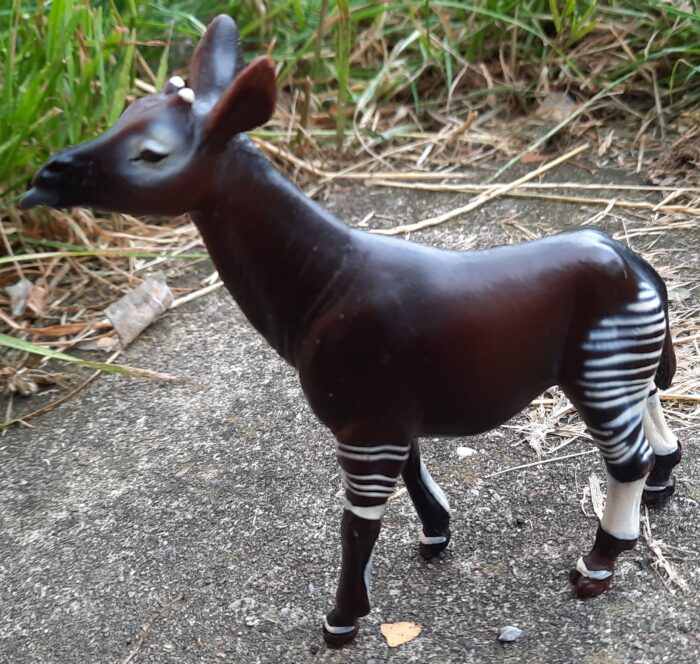
In this edition of the “Savannah Summer”, we head to the Republic of the Congo to see an incredibly rare and fascinating animal, the Okapi (Okapia johnstoni). Despite the stripy legs, this animal is related to the giraffe, as can be seen by it’s ossicones and long, prehensile tongue.
Read more

Review and images by Takama; edited by bmathison1972
Editor’s Note: In honor of Independence Day, we are transferring over a walk-around of an iconic American animal, the bald eagle (Haliaeetus leucocephalus).
Ok, in the fall and early winter, bald eagles migrate from the south to make there nests in my area of the Mississippi River.
Read more
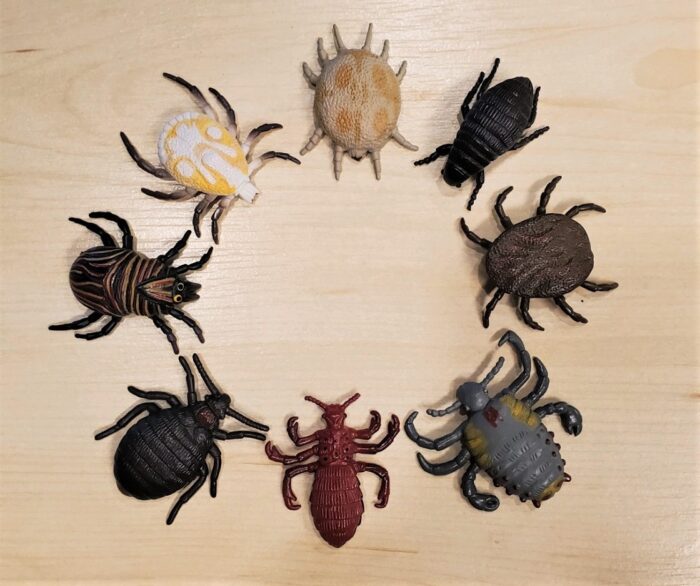
OK folks, here we are. I was finally able to complete this holiest of Holy Grail sets, thanks to STS forum member NMR_Okapi who found me the last missing figure! Most of you who follow me on the Blog and forums know I am a professional parasitologist, so it should be no surprise that this has been one of the most sought-after sets for someone like me.
Read more

The leopard seal (Hydrurga leptonyx) is the antithesis of what we think of when we think of most pinnipeds: seals, sealions, and walruses. The only member of its genus, the leopard seal is about as far from a chubby harbor seal, or playful California sea lion, as you can get.
Read more















